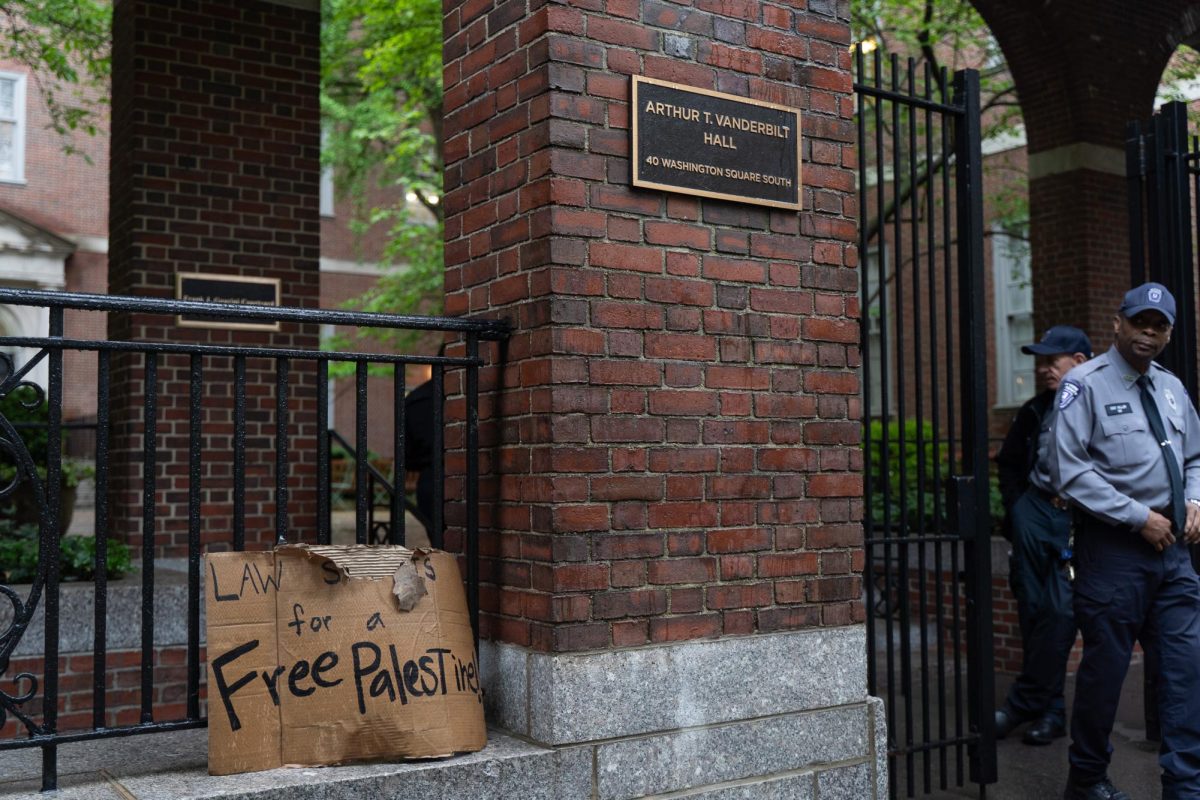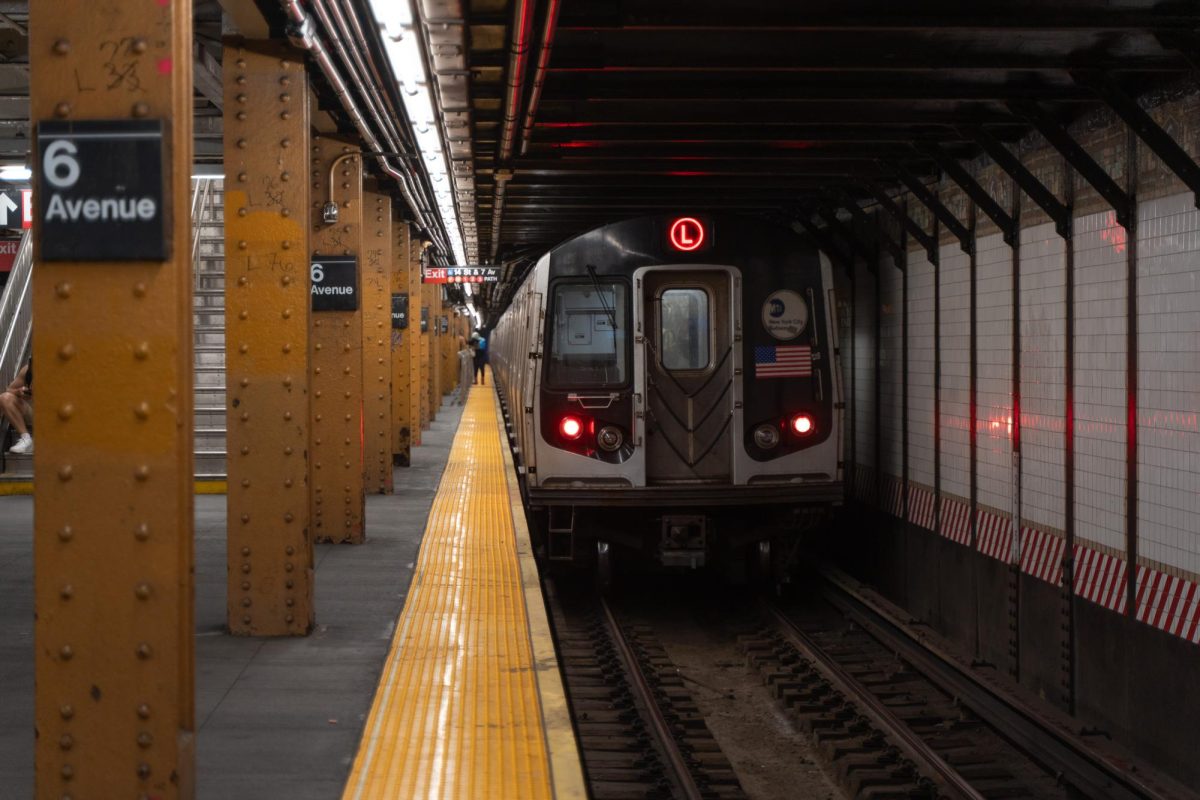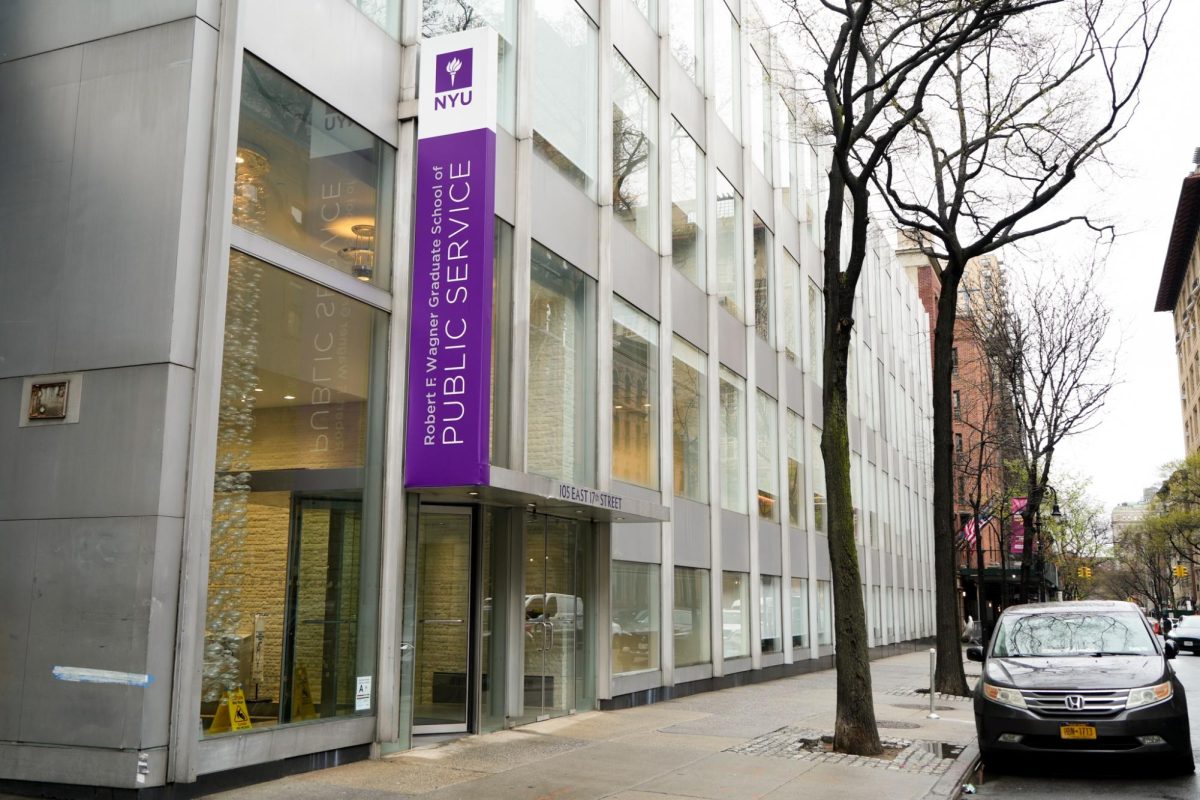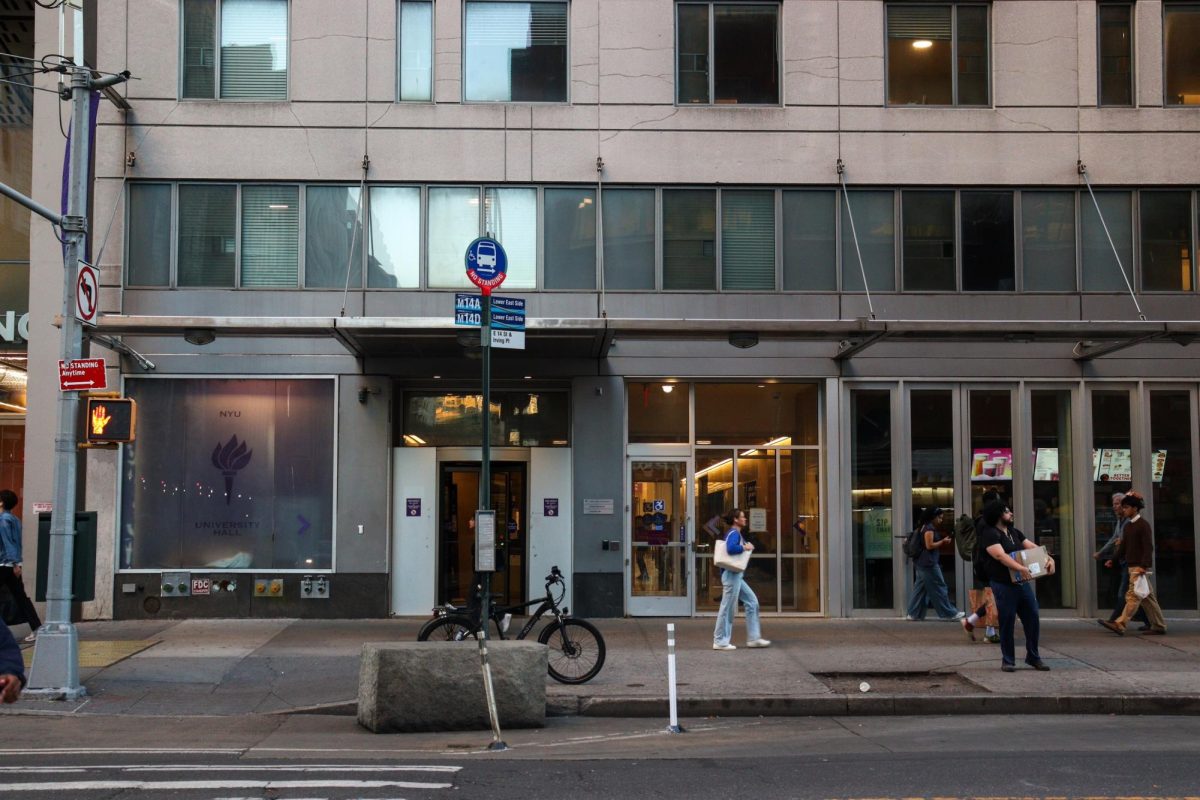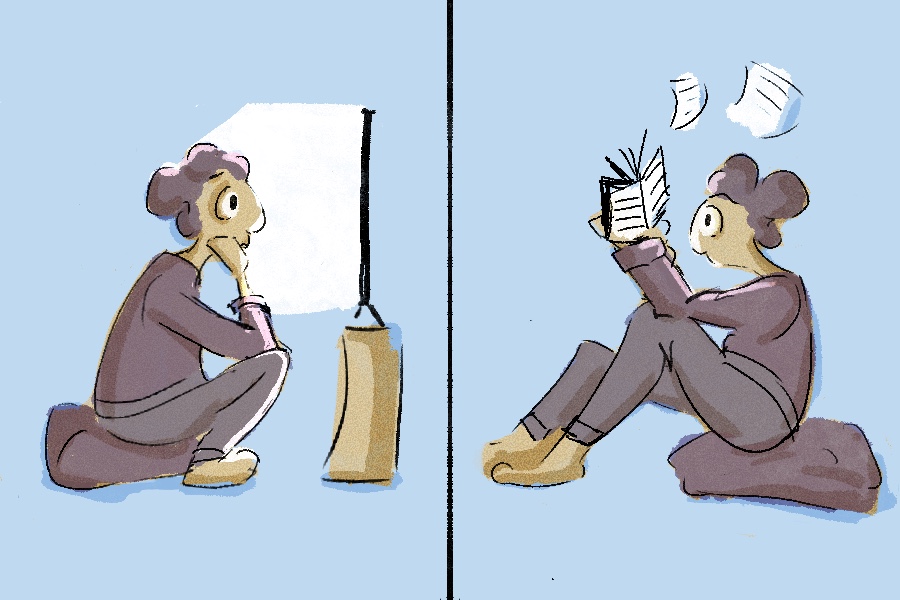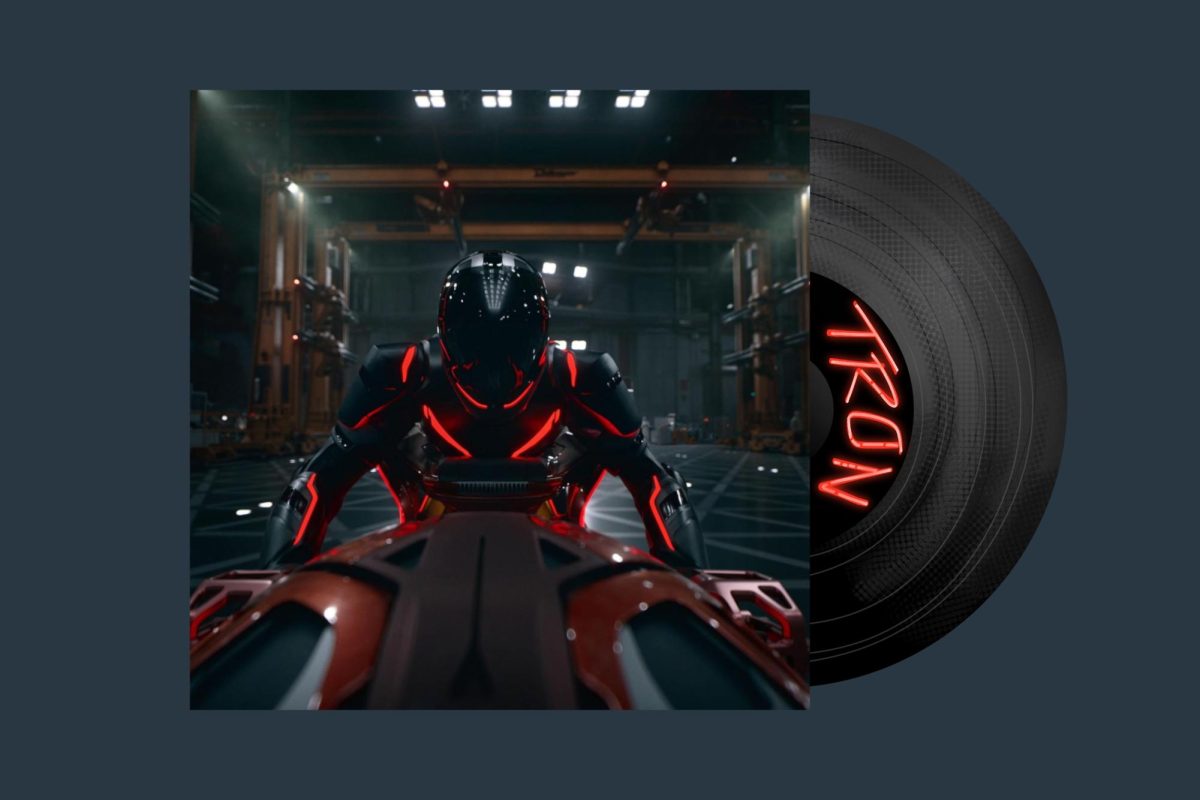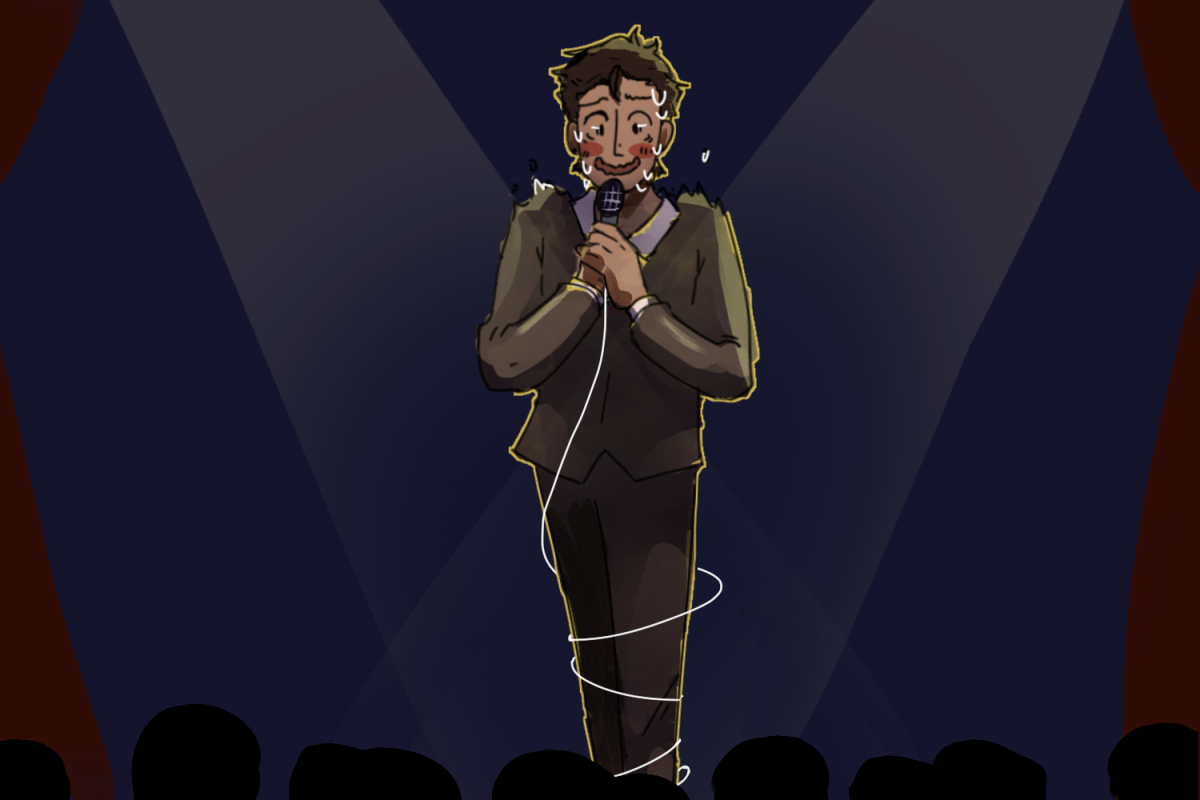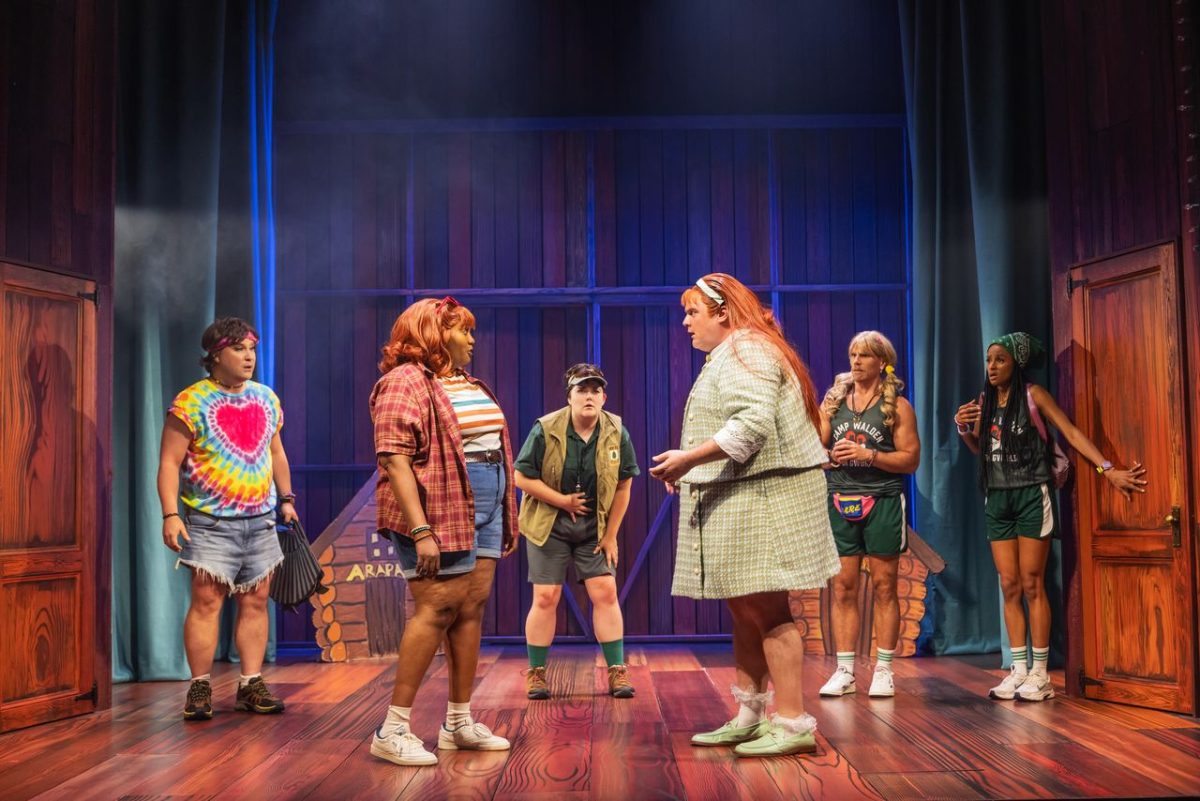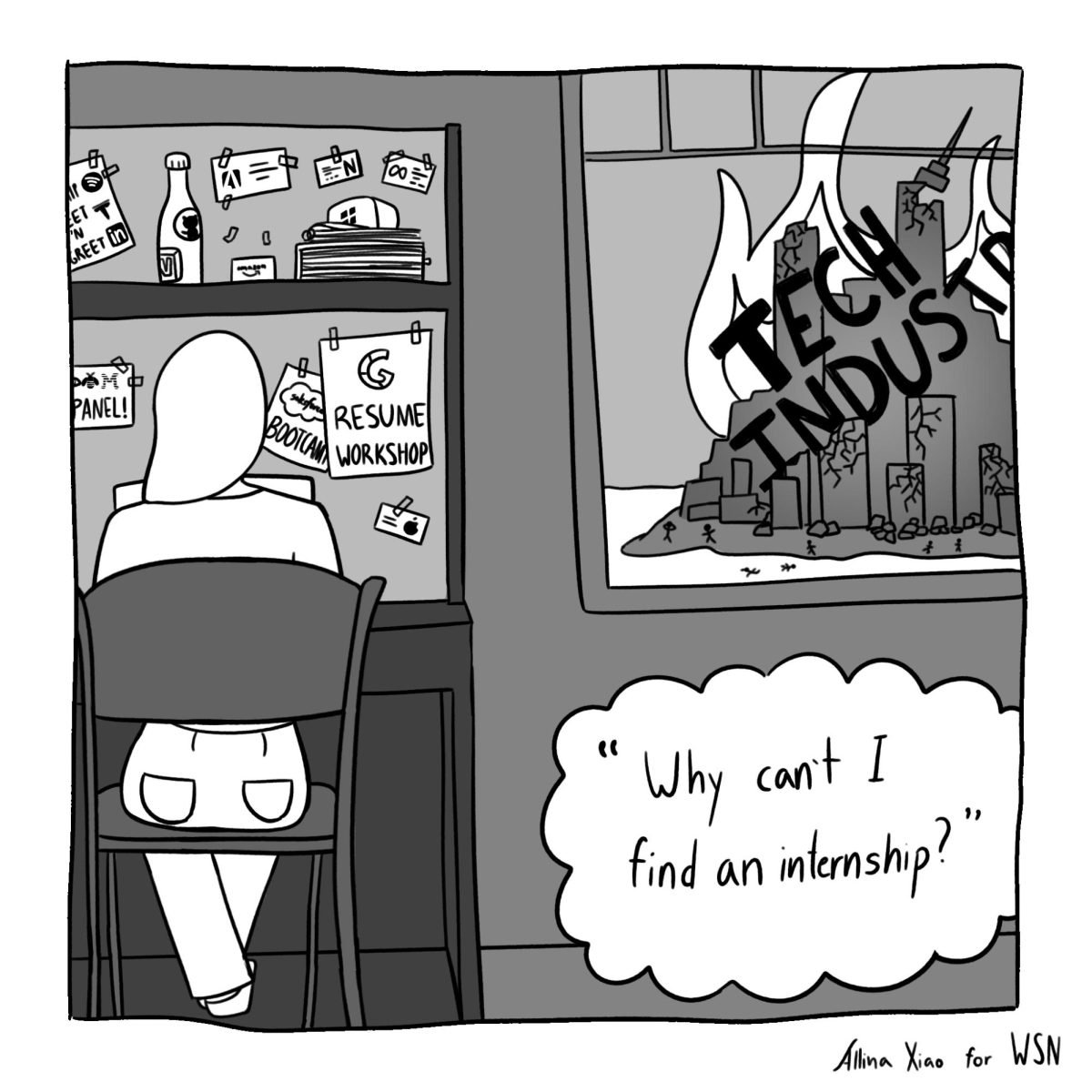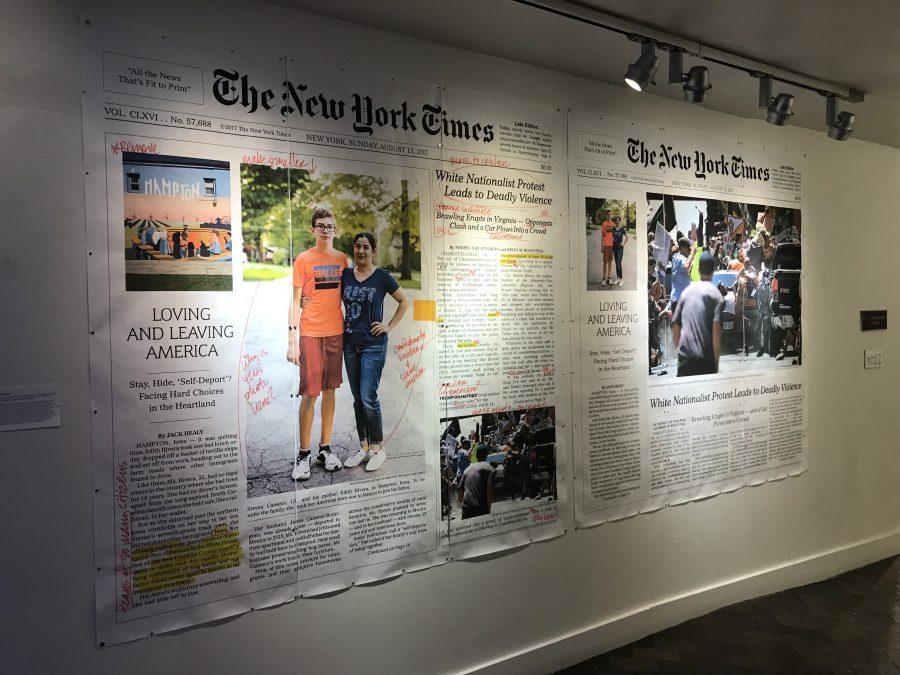The idea of citizens and citizenships weighs heavy on Americans’ minds as we navigate uncertainty around these ideas. Photographers explore this idea of citizenship and its suppression in the lobby and eighth floor of Tisch School of the Arts, from now until Jan. 18.
The title of the exhibit comes from the syllabic division of the word “citizenship” when looked up in the dictionary. Curators Lorie Novak, Deborah Willis and Riana Gideon used this word to signify the first steps taken when coming up with the idea for his exhibition. The word stripped down to its definition and phonetic spelling provided the foundation for almost 100 artists to then twist and interpret the word to what it means to them individually. The show depicts “the multifaceted definition of citizenship,” Novak said.
The scope of the show exists in the close to one hundred artists ranging from high school age to established photographers who have been working for over fifty years at their craft. Artists were picked through open calls as well as individual selection by the curators who sought artists that could speak to the overall theme of the exhibition.
Novak, who’s also a professor at Tisch, emphasizes the timing of the show taking place around the 50th anniversary of the Civil Rights Act. Mirroring that time period, present-day America encompasses a feeling of civil rights being under attack in a similar way. Thus, the show celebrates an anniversary of progress while allowing attendees to look at their present situation as requiring change.
Spanning across the lobby and eighth floor, the show is comprised of photos, writings and videos. Some showed protests. Some showed portraits. Some showed simply letters. Notably was a piece done on felt-lined bulletin boards entitled “Language of Invisibility” by artist Veronica Jackson. The black letter boards were filled with black and white letters, emphasizing certain words over others, calling forward phrases such as “refuse me” and “help” so that the viewers must meticulously look at the work to see the message in its entirety.
The first work of the collection is unmissable when you walk into the Tisch Building and four huge portraits look down from behind the security desk. Photographed by Ed Kashi, the four people have all been detained in U.S. facilities between 1996 and the present. The audio portion of this piece allows viewers to dial certain numbers and hear the individual accounts of each person. Instead of just looking at their faces, the public can listen to their stories and better understands the hardships they have been through because of their own individual citizenship or lack thereof.
The exhibition is a collaboration with For Freedoms, an organization that advocates for arts being used as a means to discuss political topics. This show follows the organization’s 50 State Initiative, the largest art collaboration in history, put on by Eric Gottesman and NYU alumni Hank Willis Thomas. To partner with this large initiative allows this smaller scale collection to be viewed in conjunction with something much larger and ongoing, spreading the discussion of these important topics further and further
Novak speaks to the importance of the exhibit being on a college campus, saying that she hopes the show will have the power to influence critical thought.
“[We wanted to] showcase work that was using photo-based imagery as a way to speak about really important issues and encourage [our community] to vote and be aware,” she said.
The sheer diversity and scope of the show ensure the ability for anyone to connect with at least one work on display. Everyone who goes can get something out of it or learn something new about citizenship in the United States and beyond and what that word means to very different kinds of people. The questions of citizenship and identity are ongoing conversations that take many different forms throughout history. This show provides a small glimpse into what art can accomplish when discussing these larger themes and ideals with a group of diverse and dedicated individuals.
Correction, Dec. 13: In a previous version of this article, it stated that the exhibition was taking place around the 15th anniversary of the Civil Rights Act. The exhibition coincided with the 50th anniversary of the Civil Rights Act. The article has been updated to reflect this. WSN regrets the error.
Email Julia Fields at [email protected].





